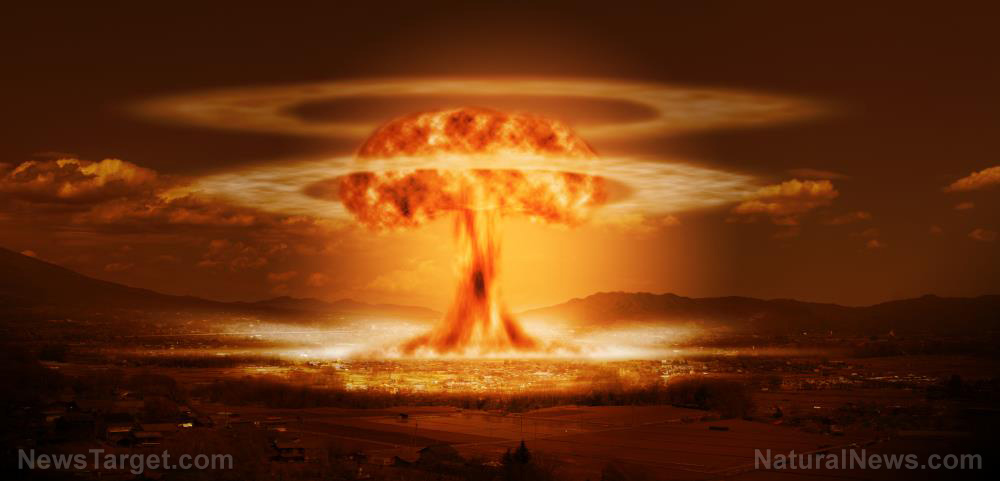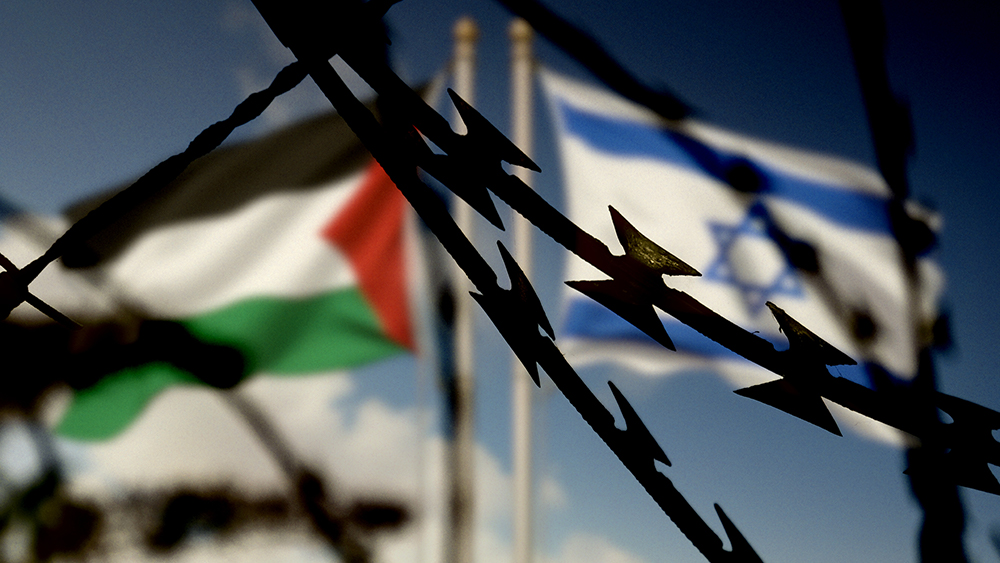
Distance from blast zone
Not surprisingly, the distance you are situated from the impact zone will be a strong determinant of your survival, with nuclear bombs sending shockwaves that can go up to half a mile from their target. Thermal damage extends for roughly one mile, while flying debris may travel several miles. Finally, radiation can extend around three-fourths of a mile from the site of the explosion. Radioactive fallout tends to take place in an elliptical pattern that follows the direction of the wind, with lethal radiation potentially extending six miles. He identified certain hotspots that are likely to be attacked first. The most obvious targets in the U.S. are the locations of intercontinental ballistic missile silos in North Dakota, Wyoming, Montana, Colorado and Nebraska. These sites were intentionally set up in sparsely populated areas. However, every state has potential targets, including active nuclear plants. Some of the safest places, according to Bakri, are in parts of Maine, Oregon, northern California and Idaho.Appropriate shielding
Bakri said that having more protection between yourself and the blast is important. Being underground or indoors, sheltering in buildings made of lead, and wearing additional layers of clothes can help. In fact, ordinary clothing can offer protection from alpha and beta radiation. He added that people should remove contaminated clothes, wash themselves vigorously and avoid inhaling or consuming radioactive material immediately after a blast.Time of exposure
Bakri noted that every second counts following a blast, with radiation being the deadliest immediately after a blast and rapidly degrading thereafter. Limiting exposure must be a priority, particularly in the immediate aftermath of a nuclear bomb. He also said that people should stock up on high-calorie foods as food may be scarce during a nuclear fallout and consuming as many calories as possible will be necessary for survival. Canned meats, vegetables and fruits, along with protein bars, granola, dried fruit and peanut butter are all good choices. He said that body fat is actually protective in this scenario, posting on X: "Might be wise to be adapted from now as the first few days will be BRUTAL. Might be wise to not be TOO LEAN (fit influencers with five percent [body fat] will not have enough calories to survive)." He also recommended ensuring you have a hand-crank or battery-powered radio on hand for communication as the electromagnetic pulses from a nuclear blast could knock out all electronics.DHS website offers nuclear safety advice
The U.S. Department of Homeland Security advises Americans on its Ready.gov website to build an emergency supply kit that includes changes of clothes and trash bags to contain contaminated clothing, along with sealed water, medicine and food. They also recommend developing a family emergency communication plan. They point out that after a nuclear detonation, you will have around 10 minutes to seek shelter. A basement, underground parking garage or subway is a good choice, and it is best to stay there for the first 24 hours, if possible. Sources for this article include: DailyMail.co.uk Ready.govZelensky “deludes” himself into thinking Ukraine can win the war, aide says
By Ethan Huff // Share
Israel to deploy specially trained ATTACK DOGS against Hamas fighters in Gaza
By Laura Harris // Share
By Arsenio Toledo // Share
An invisible assault: How everyday heavy metals sabotage brain health
By willowt // Share
Pentagon warns of China's rapidly expanding nuclear arsenal
By kevinhughes // Share
FCC grounds new Chinese drones in sweeping security move
By avagrace // Share
The methylation switch: Scientists identify diet that can turn back the cellular clock
By jacobthomas // Share
Renaissance or Ruin: A wake-up call for cultural revival and self-sufficiency
By kevinhughes // Share
Weight loss in midlife may trigger brain inflammation, study finds
By avagrace // Share











